Management of Savannah Harbor Dredged Material Containment Areas
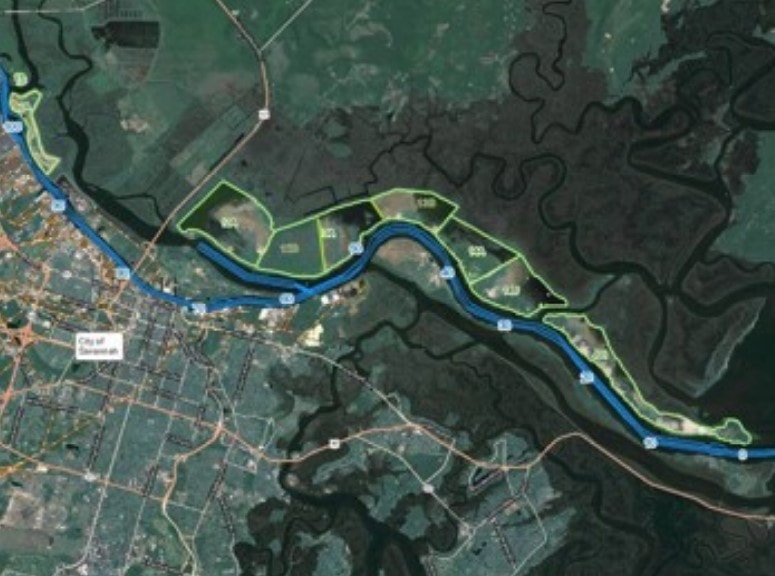
The USACE Savannah District conducted bimonthly bird surveys from 1994 to 2012 on six dredged material containment areas (DMCAs) located on the South Carolina side of the Savannah Harbor. The DMCAs are included in a long-term management strategy (LTMS) to enhance habitat for waterbirds. Some DMCAs received dredged material on a 3-year rotation, while other […]
Landscape Evolution of the Oil Spill Mitigation Sand Berm in the Chandeleur Islands, Louisiana
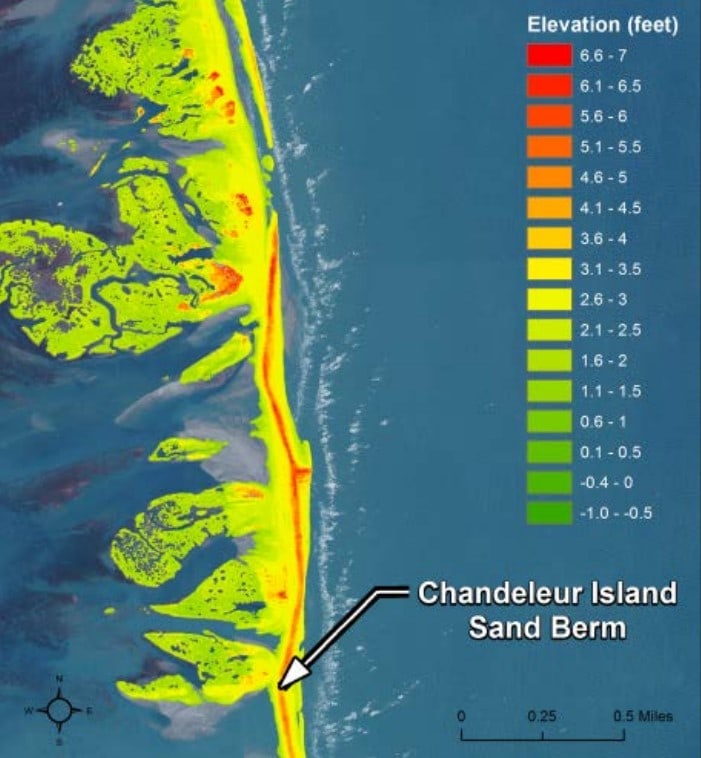
This Engineering With Nature project will monitor the short-term evolution of the sand berm to provide measures of berm performance and potential impacts to the Chandeleur Islands. Project data and deliverables will increase sediment management scoping, screening, and operations efficiencies; and increase predictive and adaptive management capabilities.
Large Wood National Manual: Guidelines for Planning, Design, Placement, and Maintenance of Large Wood in Fluvial Ecosystems; Restoring Process, Function, and Structure
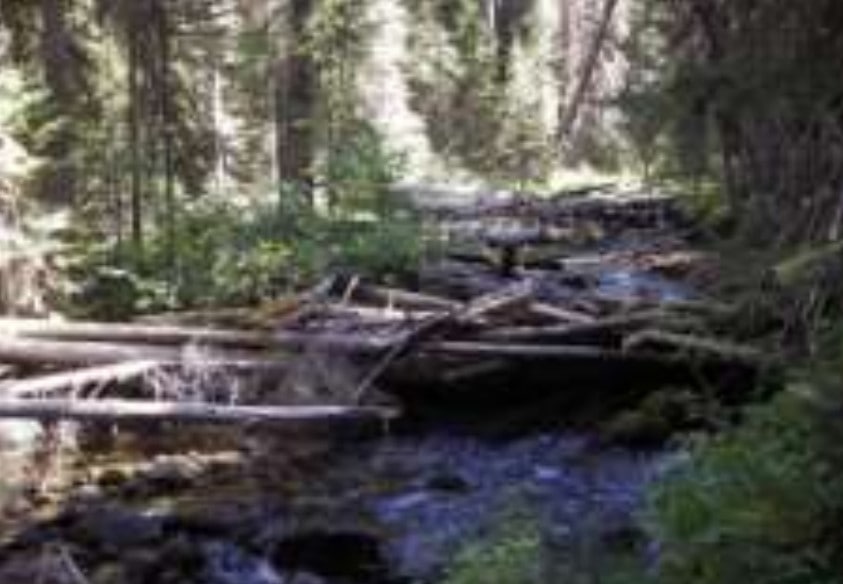
Research interest in the multiple significant roles large wood plays in fluvial ecosystems has exploded in past decades, but restoration practice has only recently begun to use it in quantity, and primarily only in the Pacific Northwest. A meeting between the U.S. Army Engineer Research and Development Center’s Environmental Laboratory (EL) and the Bureau of […]
Portfolio Framework to Quantify Beneficial Use of Dredged Material (New Orleans, LA and New England)
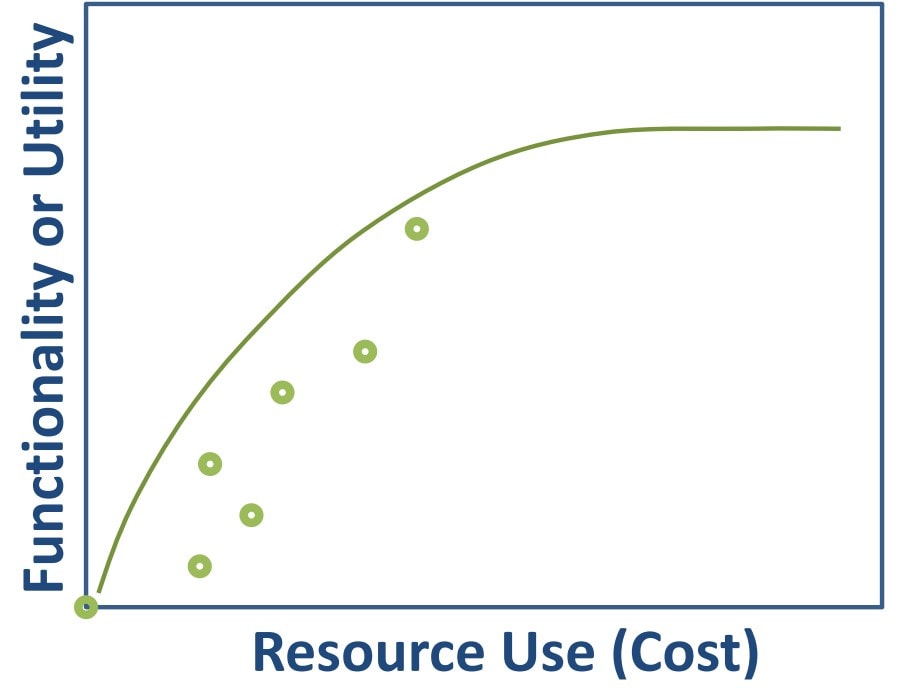
This EWN Action Project is currently developing a quantitative portfolio approach based on the potential beneficial uses of dredged material in a single season of dredging. Developing a portfolio requires additional research into resulting benefits, including the amount of enhancement as a function of the material properties and the benefits achieved from the project. These […]
Ashtabula Breakwater Tern Nesting Habitat Demonstration Project (Ashtabula, OH)
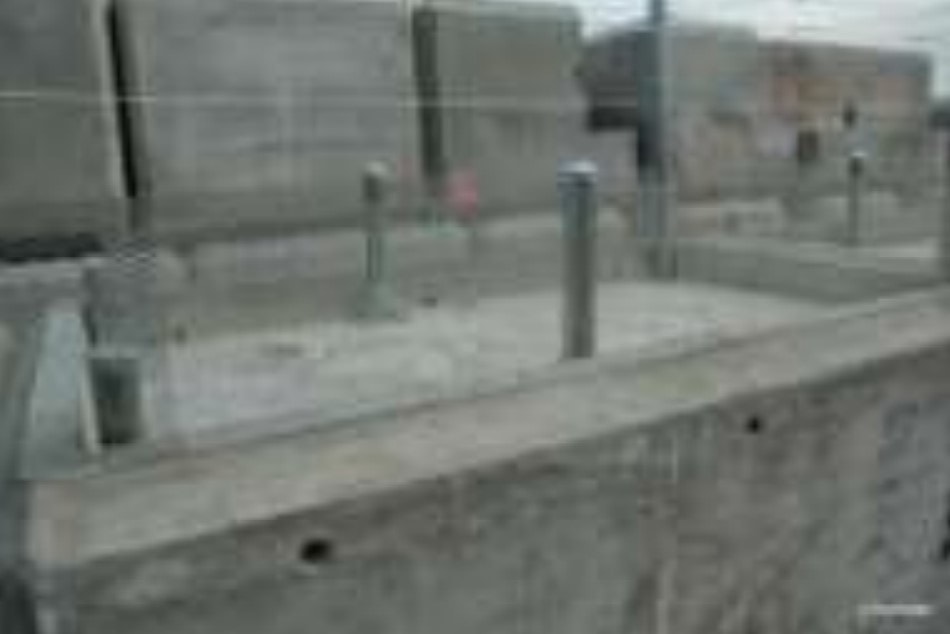
The Ashtabula breakwater tern nesting demonstration project assesses whether suitable habitat can be created on the harbor breakwater by making simple, low cost modifications to the concrete blocks used to repair the breakwater. Design includes incorporation of suitable nesting substrate (gravel) and predator deterrence features. If the demonstration is successful, it will provide a means […]
Strategic Placement of Sediment for Engineering and Environmental Benefit
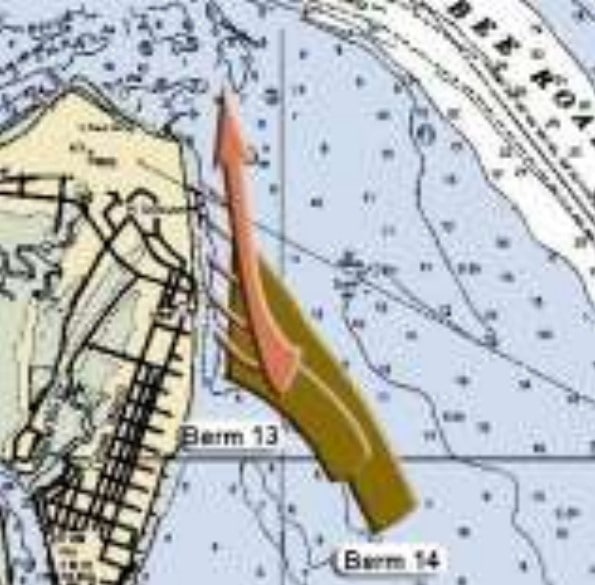
Strategic placement of dredged sediment is the practice of cost-effectively placing sediment at dispersive sites so that natural forces can transport the sediment toward desired receptors. The sediment is thus maintained beneficially in the regional system. The objective of this research effort is to provide guidance for strategic placement options that benefit navigation, flood risk […]
Sediment Retention Engineering to Facilitate Wetland Development (San Francisco Bay, CA)
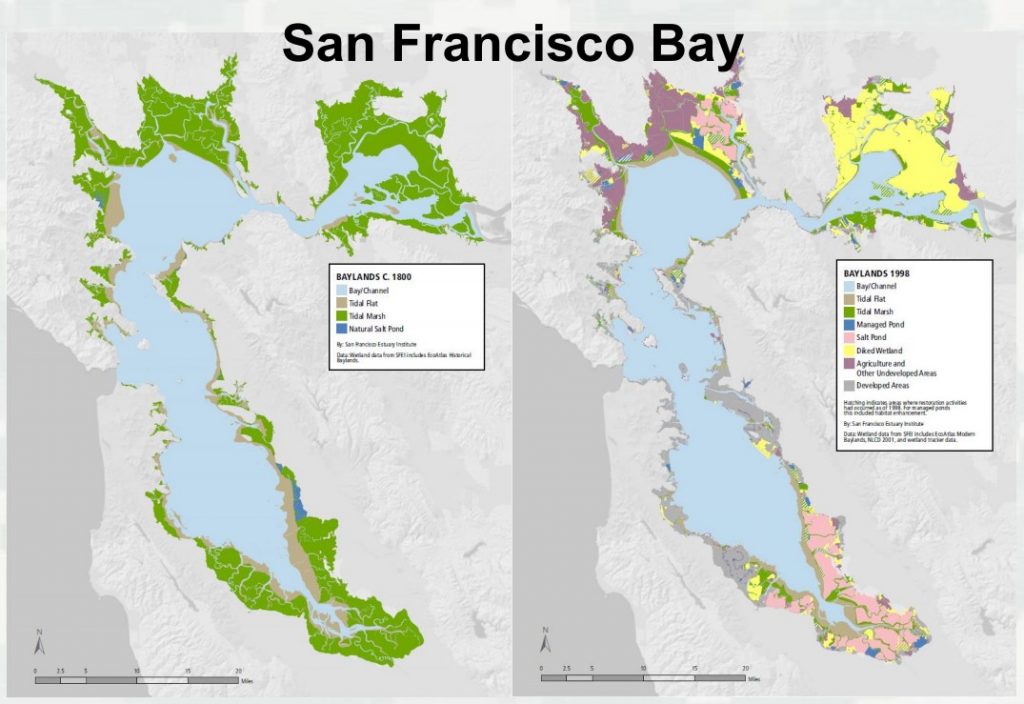
This EWN Action Project monitors two restoration sites in San Francisco Bay to evaluate project performance including reduction in wave energy, circulation, sedimentation, channel morphology, and vegetative cover as a function of berm morphology. The results will be used to develop guidelines and best practices in the design of berms intended to speed accretion and […]
Atchafalaya River Island Creation Project (Morgan City, LA)
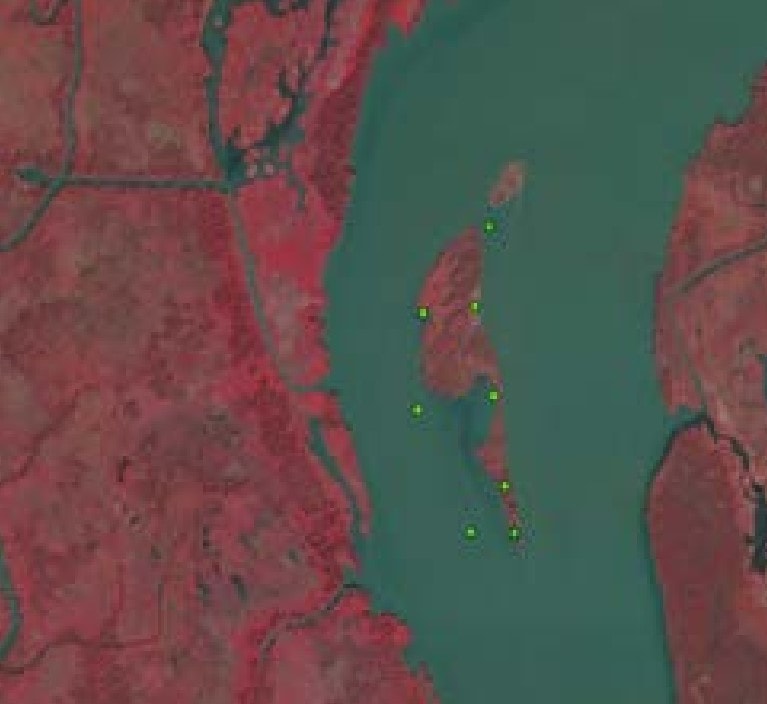
This EWN Action Project provides biological and hydrological monitoring data to quantify benefits and otherwise improve our understanding of the maturation of beneficial use of dredged material within the Atchafalaya Basin. The project documents how a river island is successfully created using dredged material in a beneficial manner, taking advantage of the natural hydrological processes […]
Living Shoreline Creation Through Beneficial Use of Dredged Material (Duluth, MN)
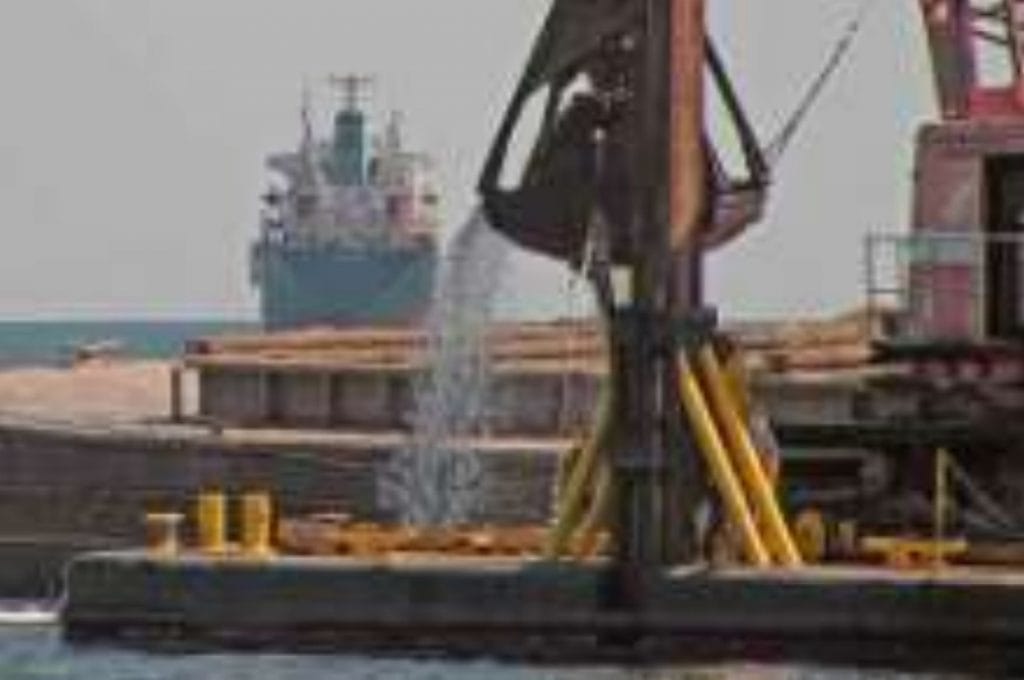
This EWN Action Project identifies and develops low-cost, shallow-water dredged material placement methods, utilizing both engineered and natural processes. These methods maximize the habitat value of the dredged material used for Areas of Concern habitat restoration projects. Finding cost-effective approaches for material handling that achieve the desired habitat is critical for development of future shoreline […]
Comprehensive Framework for Incorporating Remote Sensing Methodologies into Engineering With Nature Design and Application
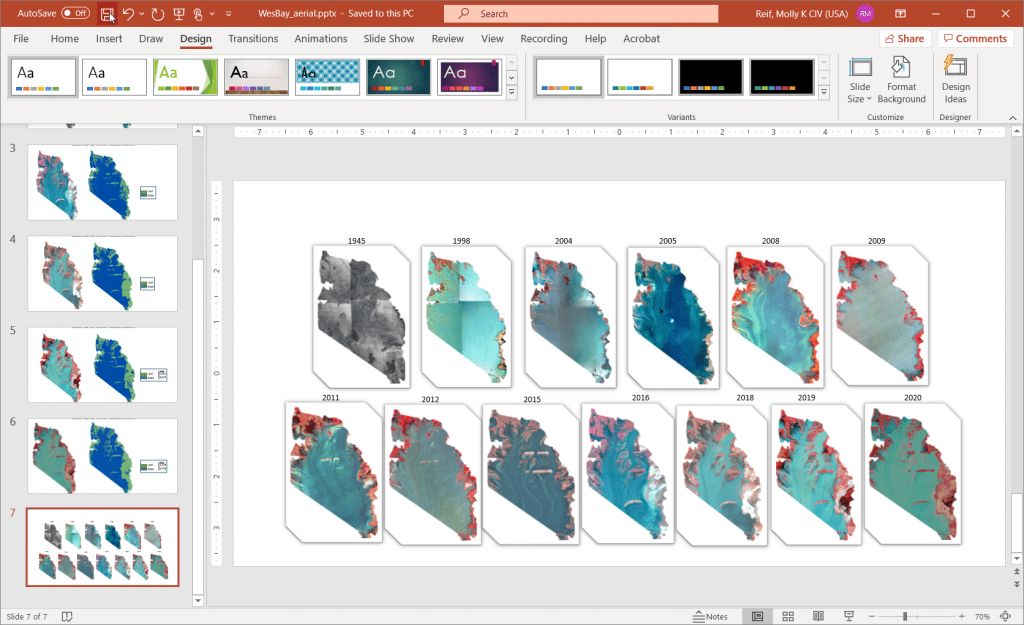
Remote sensing is a technology that allows for the observation of physical attributes of the earth using sensing devices such as cameras or infrared sensors from remote devices like satellites, drones, or aircraft. This research project will help improve the understanding and integration of remote sensing approaches to quantify environmental benefits of EWN® projects. Remote […]

